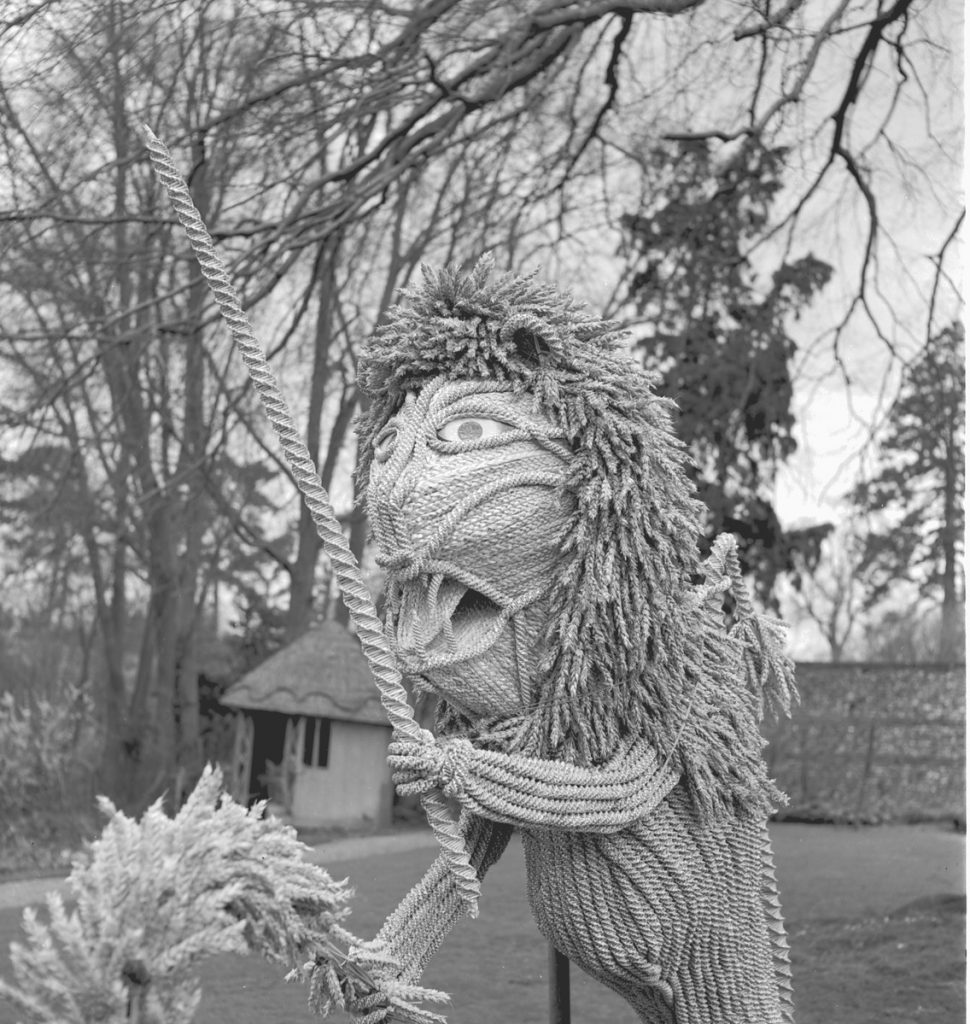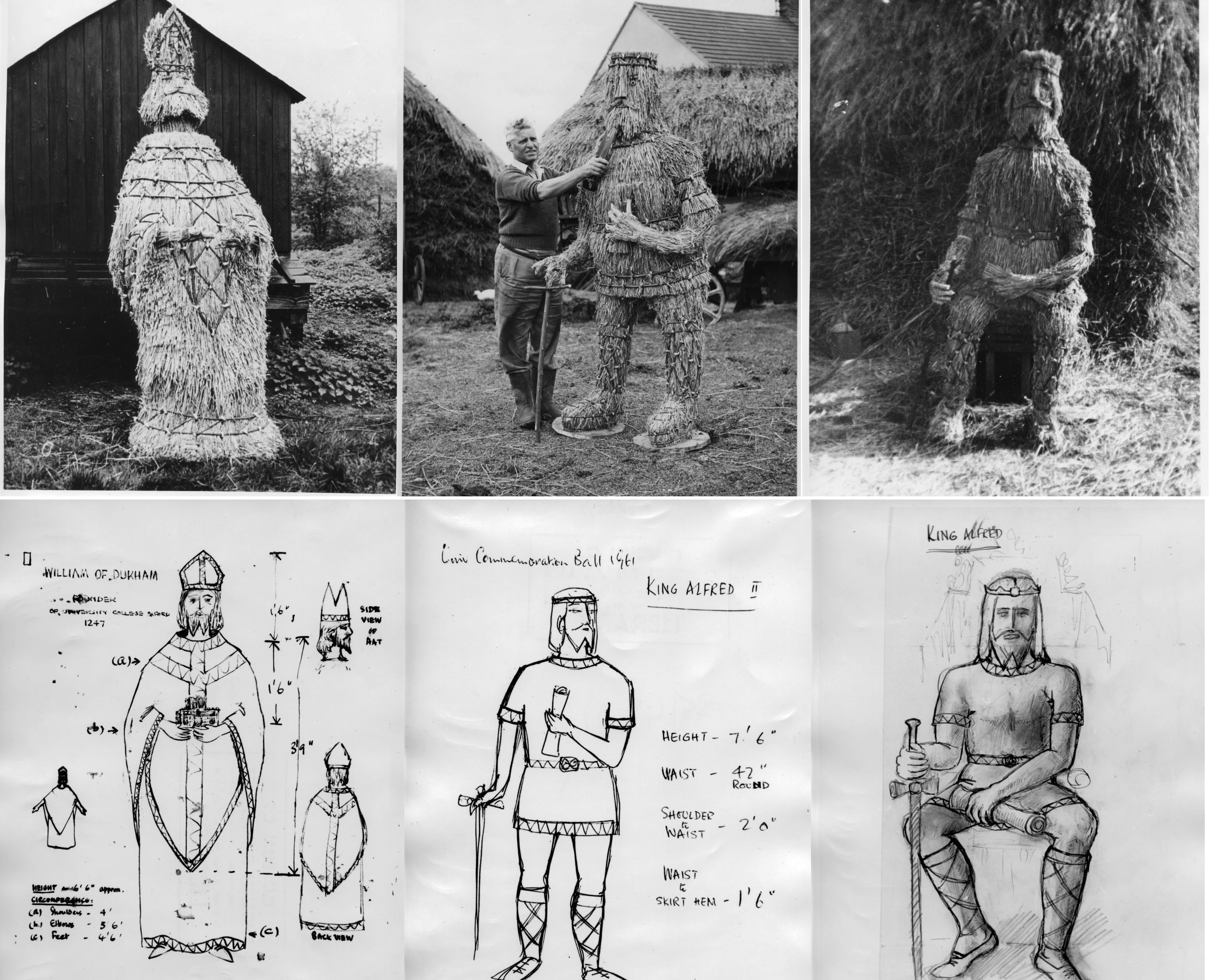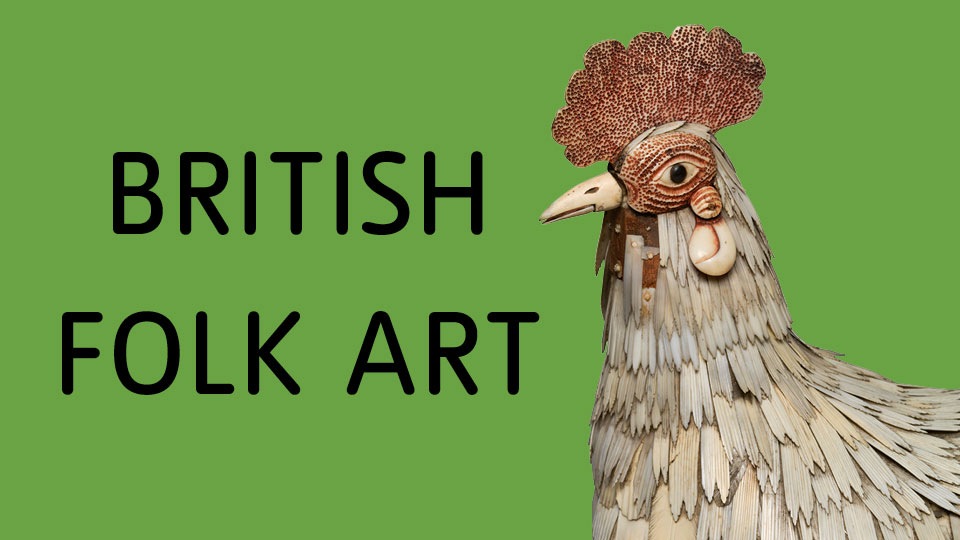Why the Folk?

Written by Dr Ollie Douglas, Curator of MERL Collections
Here at The MERL we like short, snappy titles. We are especially fond of rurally-themed four-letter words.
Nothing too crude, of course. We prefer wholesome, nostalgic words linked to our collections.
Even UNIT sort of fits the mould.
Based on these criteria alone, FOLK seems well-qualified to describe our Autumn programme. However, much like many of those less virtuous four-letter words, folk is a far more conflicted term than it may seem at first. Many would refer to The MERL as a ‘folk museum’, to its collections as ‘folk collections’, to things it holds as ‘folk art’, and to its most obvious constituents as ‘country folk.’
But who are these mysterious Folk? Like so much of the English language this is a word with its roots firmly in Anglo-Saxon contexts, where folc harboured the same sense of national community retained in the German volk. A people. The people. Our people.

This negative use of folk stems from its use in the nineteenth century to refer to lower class or seemingly unprogressive people, often those in rural areas. One of the most famous examples of this came in 1846 when antiquary William John Thoms coined the word folklore. Under the pseudonym Ambrose Merton, he wrote it for the very first time in a letter to the Athenaeum:
“Your pages have so often given evidence of the interest which you take in what we in England designate as Popular Antiquities, or Popular Literature (though by-the- bye it is more a Lore than a Literature, and would be most aptly described by a good Saxon compound, Folk-Lore,—the Lore of the People)—that I am not without hopes of enlisting your aid in garnering the few ears which are remaining, scattered over that field from which our forefathers might have gathered a goodly crop.”
Folklore was therefore, at its heart, concerned with grass roots origins and popular culture. Echoing this, most early folk museums began as localised amateur projects. Folk collecting was defined by class, with upper and middle class collectors carrying out fieldwork amongst lower class communities. Folk art—elsewhere referred to as popular or vernacular art—was a somewhat barbed term to characterise the work of untrained makers and artist, serving to separate high culture from low culture.

The so-called folk in these contexts were largely defined by their lack of literacy, their hardship, and their non-urban ways of living. They were poor, apparently illiterate, and largely rural in origin. Indeed, Thoms’ definition of folklore draws on agricultural language to give character to his rustic term: the remaining ’ears’ of a ‘goodly crop, scattered over the ‘fields’. In essence, folk culture was rural culture and rural people were the folk.
But what do we mean by folk now? And, other than this superficial link to the countryside, why are we keen to engage with it here at The MERL? A whole series of revival movements and shifts in popular culture throughout the twentieth and early twenty-first centuries lead us neatly up to where we find ourselves today.
The word folk no longer sounds so negative. Folk music and folk performance have gone from strength to strength in recent years and, through partnership with the English Folk Dance and Song Society, we’ve been lucky enough to work with some of the best in the business. We’ve lent objects from The MERL collection to a major Folk Art retrospective at Tate Britain. We’ve hosted the Folklore Society conference, echoing the rising popularity of #FolkloreThursday on Twitter, to which we have also contributed.

As for the Folk themselves, well that’s really us. Just as the folk of the past weren’t easily defined by their relative poverty, literacy levels, or even by where they lived, our events and programming are designed to cater for everyone, for all the folk. Whether you see yourself as the kind of ‘everyday country folk’ whose lives are chronicled in The Archers, or you live a much less countrified existence, we hope that you’ll find something exciting in our wide range of Autumn programming.
We’ll be playing host to a pioneering new contemporary art intervention, delivering a series of exciting and varied lunchtime seminars, our Annual Lecture featuring a new work by Hannah James, and running a folk themed MERL Late. At the latter there’ll be folk poetry, folk performance, folk-themed gallery talks and tours, and opportunities to undertake a pilgrim trail round the galleries.
All we need are some folk to turn up. Why the folk? Why the folk not?
Find out more about the Autumn Programme.
